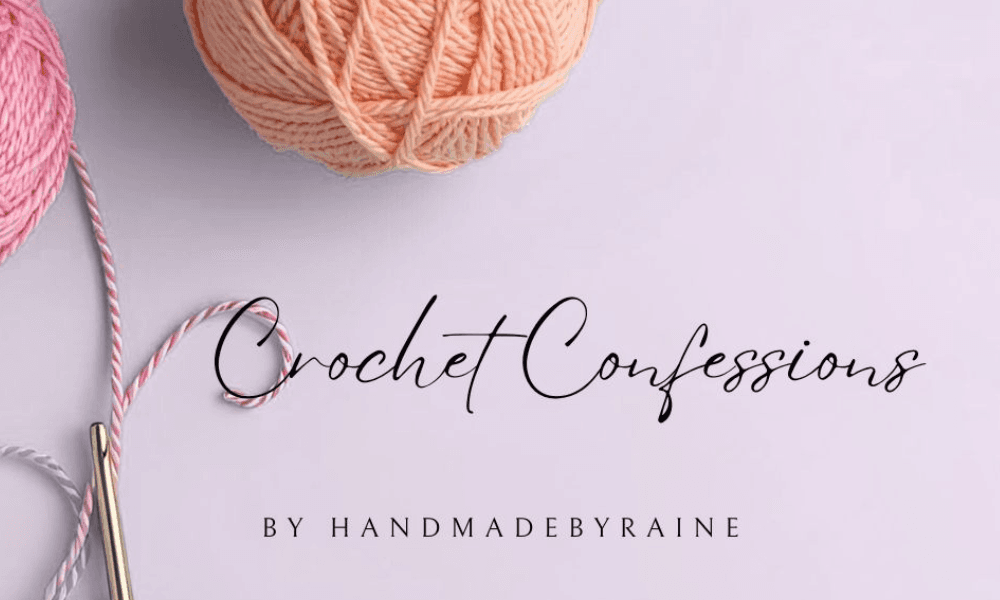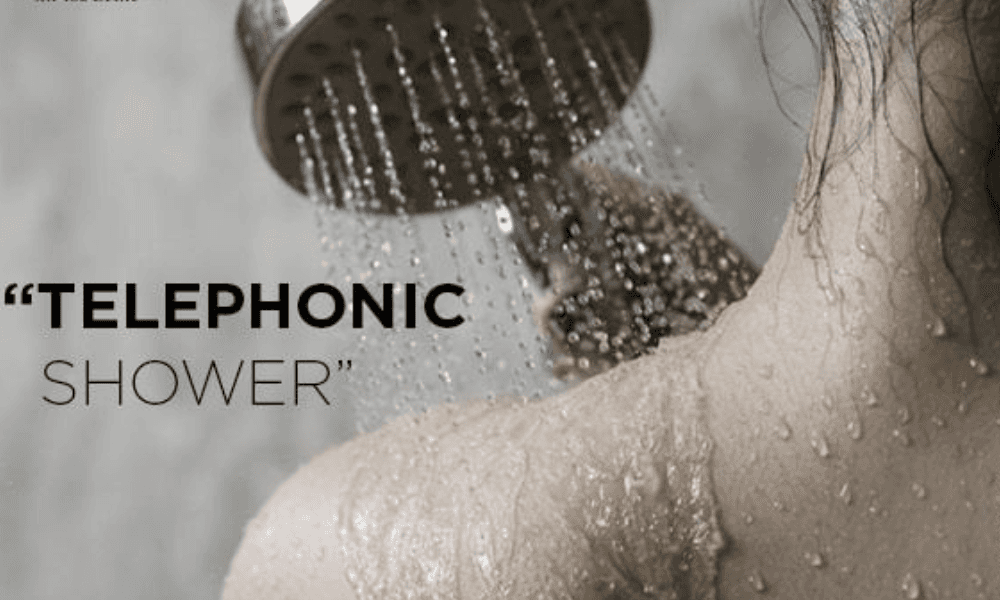Overview
This is a metaphysical eCommerce brand offering a combination of digitally delivered spiritual tools, print-on-demand (POD) apparel, and a curated line of physical items. With over $600,000 in lifetime revenue and more than $400,000 in reported net profit, the online business has built a lean, low-overhead business model that operates on largely organic traffic. The company holds a distinctive position in the spiritual and conscious living niche, with a deeply engaged global customer base and minimal marketing expenditure.
The business has generated consistent annual revenues of over $299K–$322K, with remarkably low cost-of-goods sold (~$750 in 2024 YTD) and negligible advertising spend (<$1,500/year). It currently operates at approximately 90% automation, requiring only 4–8 hours of weekly operational effort.
Despite the brand's impressive profitability on paper, our due diligence identified inconsistencies between reported profits and marketplace financials, questionable profit multiple valuation, and limited publicly verifiable performance data—raising important questions that merit further clarification before acquisition.
Key Insights
Website Performance & Metrics
Website Speed: Moderate on both desktop and mobile; homepage loads within 3–4 seconds. Shopify’s native infrastructure supports stability but may benefit from compression or app optimization.
Product Variation/SKUs: The catalog features a focused range of SKUs, primarily in digital content and symbolic POD merchandise. There is moderate depth but high brand alignment.
AOV & Customer Lifetime Value: AOV is healthy at $114, indicating strong perceived value and premium product positioning. However, no concrete LTV data is available, nor is repeat customer % disclosed.
Conversion Rate: Not disclosed; must be requested from seller. Based on average Shopify benchmarks and traffic sources (mostly organic), we estimate between 1.8–2.2%.
Repeat Customer Rate: Not provided, but brand tone and community nature suggest this could be high. Verifiable data is needed.
Website Design: Modern, minimal, and clean. Strong alignment with metaphysical/spiritual themes. Visual hierarchy is clear, and UI is intuitive.
Brand Positioning & Sentiment: Unique, purpose-driven messaging. The site emphasizes intentionality, vibrational healing, and sacred design. However, the lack of verified reviews (e.g., Trustpilot) is a red flag for transparency and public credibility.
Product Offering & Angle: Strong niche resonance. Digital and spiritual tools create high-margin opportunities. However, growth requires more than branding—it needs fresh product funneling and dynamic lifecycle campaigns.
CAC & Scalability: CAC is currently negligible due to organic growth, but the brand has yet to prove its ability to scale through paid channels. CAC under paid media campaigns remains untested.
Marketing Efficiency: <$1,500/year ad spend implies high organic success, but it’s unclear how traffic is truly driven or sustained. Email list (3,636) presents modest retargeting opportunities.
Financials
Revenue: Reported TTM revenue is $236,880, down from $299K–$322K as listed elsewhere—raising consistency concerns.
Profit: Disclosed Flippa data shows $29,424 annual profit, giving a slim 12% margin, far lower than the Flippa listing summary suggests (~$170K profit claimed).
Multiples:
Revenue multiple of 0.7x is within acceptable range.
Profit multiple of 5.4x is excessively high given declining revenue and modest margins—suggesting significant valuation inflation unless real profit is substantiated.
COGS: Extremely low (~$750/year), indicative of digital-heavy product model.
Sustainability: No strong month-by-month breakdown is available to confirm seasonality, cash flow strength, or peak periods.
Marketing (Paid & Organic)
Heavy reliance on organic traffic through social media, YouTube, search, and referrals.
Limited to no structured paid acquisition strategies, meaning future scaling via Meta/Google ads is unexplored.
No documented influencer or UGC campaigns—though niche is primed for it.
The email list (3,636 subscribers) is valuable but under-leveraged.
Operational Efficiency
Business can run with 4–8 hours/week across customer support, Shopify upkeep, product uploads, and light marketing.
No employees.
POD and digital model minimizes fulfillment complexity.
Inventory is optional; optional 3D printer/XTool included with higher offer tier.
Customer Data & Relationships
3,637 customers over 2 years: solid base, but average customer frequency and satisfaction are not quantified.
Email capture and segmentation are present but under-optimized.
Lacks CRM or loyalty insights.
No third-party review validation (Trustpilot, etc.), limiting trust signals.
Legal & Compliance
No red flags disclosed, but no visibility on:
Trademark/IP status of designs and content.
GDPR or data compliance (especially since global buyers are involved).
Clarity of digital product usage rights or resell limitations.
Transfer includes brand IP, domain, email lists, and product documentation. However, buyer should verify any licensing or proprietary rights for POD platforms and custom files.
Challenges Identified
Inconsistent Financials: There is a significant discrepancy between reported net profits in the listing summary ($170K+) and Flippa’s detailed figures ($29,424). This inconsistency must be clarified with the seller before proceeding.
Unverified Claims: With no Trustpilot presence and no third-party traffic or performance data, current performance is difficult to independently validate.
Valuation Concerns: The profit multiple of 5.4x is not justifiable without proven scalability or net profit verification. For a 2-year-old digital business with uncertain CAC and moderate traffic, this poses a valuation risk.
Scalability Unknowns: Business is heavily reliant on organic sources, and no proven paid acquisition funnel exists. Scaling would require upfront investment, testing, and possibly brand repositioning.
Lack of Community Assets: Despite the spiritual positioning, the brand does not appear to have cultivated a visible community (e.g., Discord group, member area, events, or workshops)—a missed opportunity for brand stickiness.
No Product Review System: No visible on-site reviews or customer testimonials beyond Shopify, affecting buyer confidence and UGC marketing potential.
Recommendations
Clarify Profit Figures Immediately: Ask the seller for detailed, month-by-month financials for the past 12–18 months, with Shopify P&L exports and payment processor reports.
Request Customer Retention Metrics: Seek data on LTV, repeat customer % and order frequency to validate customer loyalty claims.
Explore Paid Marketing Viability: Before acquisition, test a small Meta or Google campaign (if seller permits) to assess CAC and scaling potential.
Negotiate Down the Valuation: Unless net profit is proven to be >$100K, the current 5.4x multiple is unjustified. A fair multiple based on actual performance would be 2.5x–3x net profit.
Legal Verification of IP: Ensure the designs, digital content, and documentation are wholly original or appropriately licensed. Engage a lawyer to verify ownership rights and transfer terms.
Due Diligence Call: Set up a direct conversation with the seller to understand:
Reasons for sale
Any upcoming risks or trends
Past ad performance, if any
Roadmap or content plan for upcoming products
Conclusion
The store presents a compelling surface-level opportunity: a spiritually aligned brand with low overhead, global reach, and significant digital product margins. However, glaring inconsistencies in reported profit, a high valuation multiple, and a lack of transparent operational metrics introduce significant acquisition risk.
While the niche and brand voice are strong, this deal should only proceed after in-depth financial clarification, stronger validation of growth potential, and a revised valuation based on actual—not aspirational—performance.
This is a brand with heart, but acquiring it with eyes closed would be a spiritual misalignment of its own.


























